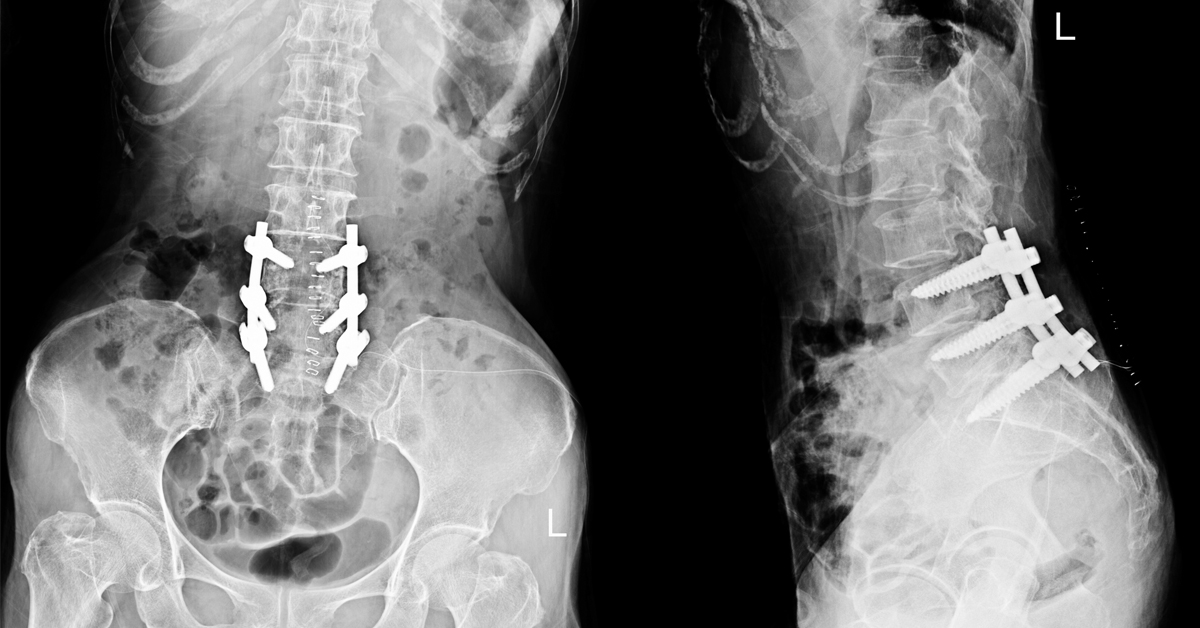Laminectomy
What Is Laminectomy Surgery?
Laminectomy is a surgical procedure performed to decompress the spinal cord or adjacent nerves, which can otherwise cause pain and discomfort.
After exhausting non-surgical treatments, laminectomy may be a viable alternative for those seeking relief from back pain caused by:
- spinal stenosis
- herniated discs
- tumors
- infection
- spinal abnormalities
- spinal hemangioma
The procedure involves removing the lamina, a bony structure that covers the spinal canal, to create more space around the spinal cord and nerves. This helps to alleviate pressure, which can lead to a range of symptoms, such as:
- pain
- numbness
- limb weakness
- bladder and bowel control difficulties
Before the Surgery
Before surgery, your neurosurgeon will thoroughly review your medical history and physical health. They will discuss your medications and allergies and address any concerns. This crucial pre-operative step aims to mitigate risks and tailor the surgical procedure to your unique health needs.

The Surgical Procedure
A laminectomy is performed to be as minimally invasive as possible. During the procedure, which usually lasts between 1 and 3 hours, you are under anesthesia and positioned on your stomach.
The surgery can be done at various levels of the spine, depending on the location and severity of the compression.
The neurosurgeon makes an incision in your back to access the impacted vertebrae.
Muscles and tissue are carefully shifted aside to reveal the lamina, the bony structure enveloping the spinal canal. The surgeon removes the lamina to alleviate spinal cord or nerve root pressure.
In some instances, additional interventions, such as spinal fusion, may be performed to enhance spinal stability.
Finally, the incision is closed, and a sterile dressing is applied to conclude the procedure.
Recovery
After the procedure, you will be observed for a few days to monitor your recovery. You may be given pain medication and other supportive care to manage any discomfort and help you regain strength and mobility.
You will be encouraged to move gently and walk around during this time.
When you are discharged, it’s essential to carefully follow the care and recovery instructions provided by your neurosurgeon and care team. They will create a custom recovery plan that considers your specific health needs.
As your healing progresses and your strength improves, your doctor will allow you to engage in more active movement and exercise. Physical therapy may also be recommended to help you regain function.
Adhering closely to your doctor’s post-surgery guidelines will help you achieve the best possible recovery outcomes.
Risks and Considerations
While laminectomy can benefit many, potential risks are possible.
Overall, laminectomy is a safe and effective procedure that can provide substantial relief from the symptoms of spinal compression. However, like other surgical procedures, risks include:
- infection
- bleeding
- blood clots
- surgical discomfort
- undesirable responses to anesthesia
For this reason, patients should discuss the benefits and risks of the procedure with their neurosurgeon to determine if a laminectomy is the right option for them.
FAQs
Will I be pain-free after a laminectomy?
Undergoing a laminectomy procedure can provide significant relief from back pain, but the extent of pain reduction can vary from person to person. Having realistic expectations and understanding that complete pain relief may not be immediately achieved is important.
How soon can I resume work?
The timeline for returning to work after a laminectomy will depend on various factors, such as your job’s nature and recovery progress. Following your doctor’s instructions and recommendations is essential to ensure a safe and successful outcome.
Will I need further surgeries?
The need for additional surgeries after a laminectomy will depend on your ongoing recovery and any new spinal issues that may arise. Your doctor will closely monitor your progress and advise you on any further interventions that may be necessary.
Is a laminectomy the only solution?
A laminectomy is typically considered after non-surgical interventions have been attempted and found to be ineffective. Discussing all possible options with your doctor to determine the best approach for your specific needs and circumstances is crucial.

